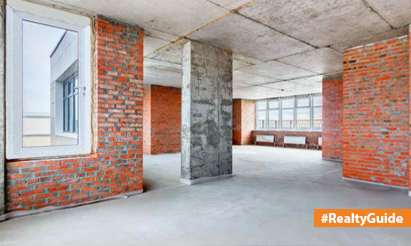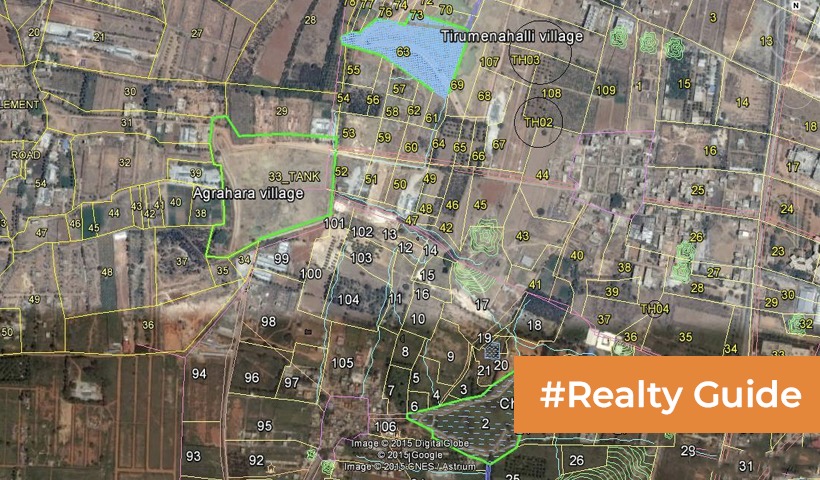Leasehold Property: An Overview
The rent settlement, in particular, allows the tenant to occupy and utilize the assets for a predetermined period.
Nonetheless, the owner retains possession of the leased premises for the life of the lease.It’s important to understand the difference between a leasehold and a freehold property. In a freehold property, the person who occupies the land is also the asset owner. When it comes to leasehold land, however, the asset owner usually no longer occupies the property. A floor rent or leased financial assets can be observed in a time leasehold property.
The terms of the leasehold settlement between the lessee (tenant) and the lessor will be specified in a leasehold settlement. Contracts for business homes—which include space in a working building—are typically complex agreements that specify landlord and tenant responsibilities, security deposits, violation of settlement conditions, and leasehold development clauses. Larger tenants may be able to negotiate better terms in exchange for leasing more space for a longer time. The typical length of a lease for a commercial property is one to ten years.
Exclusive leaseholds include tenancies for years, periodic tenancies, tenancies at sufferance, and tenancies at will.
Number 1
A tenancy for years is a sort of arrangement in which the details, such as the length of time a tenant will reside in the assets and the cost that will be charged, are specified.The agreement may last for days or years, but it is defined by a specific start and end date.
Number 2
With a periodic tenancy, the renter’s time inside the assets is reduced in size for an unspecified time, with no set end date. The apartment’s terms were initially accurate for a specific period, but the termination date remains in effect until the owner or tenant provides a notice to cancel. For instance, a yearly agreement may terminate, but it may later grow into a monthly agreement, with only one month’s notice required to terminate.
Number 3
A tenancy at sufferance occurs when the renter’s lease has expired but the renter refuses to quit the property and is thus staying without the owner’s permission. Typically, this results in the proprietor initiating eviction procedures from within. If the owner accepts a lease fee after the rent period has expired, the assets are considered to be leased monthly once more.
Number 4
A tenancy-at-will is a type of lease that can be ended by either the proprietor/landlord or the tenant at any moment. The agreement no longer includes the signing of a lease or payment of rent, and it normally does not specify the length of time a tenant would use the flat or other financial details. The agreement is governed by country law, with various terms that are based entirely on the country. In cases of discrimination, federal regulations are relevant.
Disclaimer: The views expressed above are for informational purposes only based on industry reports and related news stories. PropertyPistol does not guarantee the accuracy, completeness, or reliability of the information and shall not be held responsible for any action taken based on the published information.




